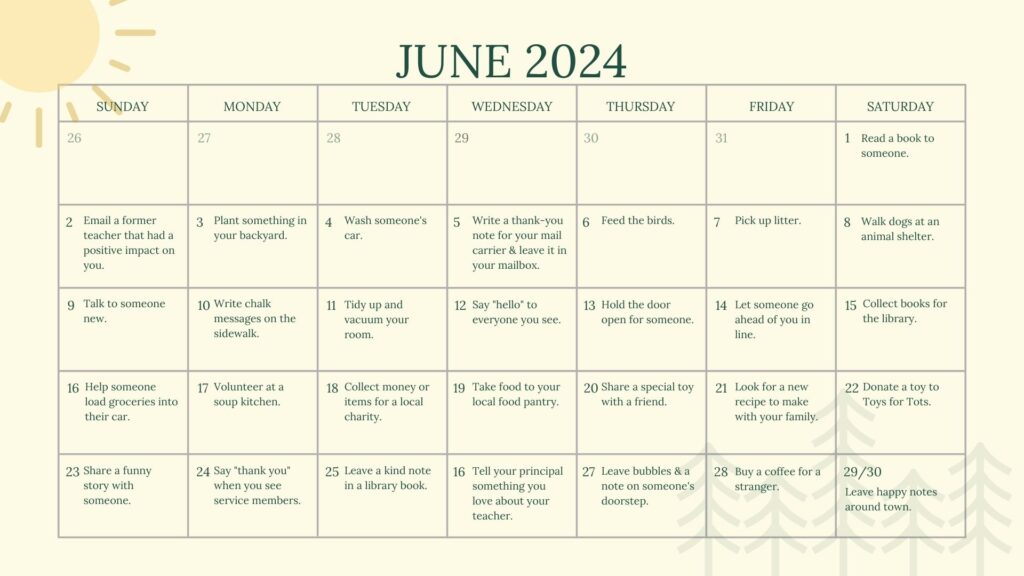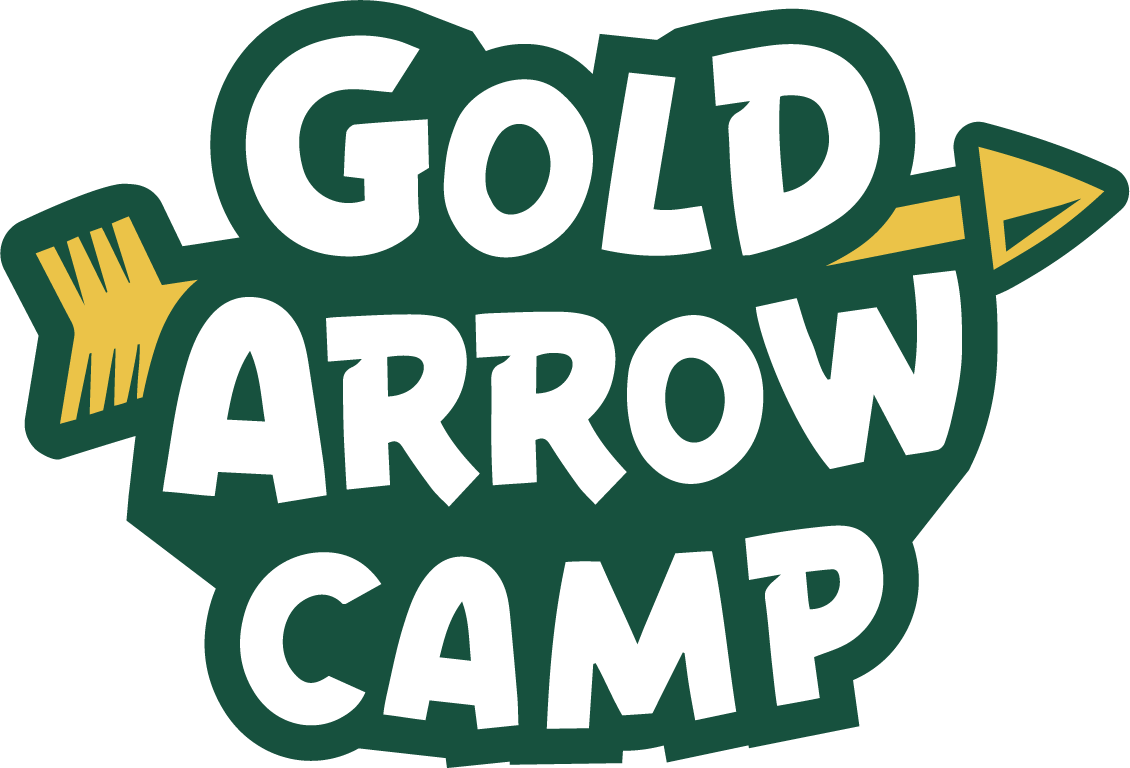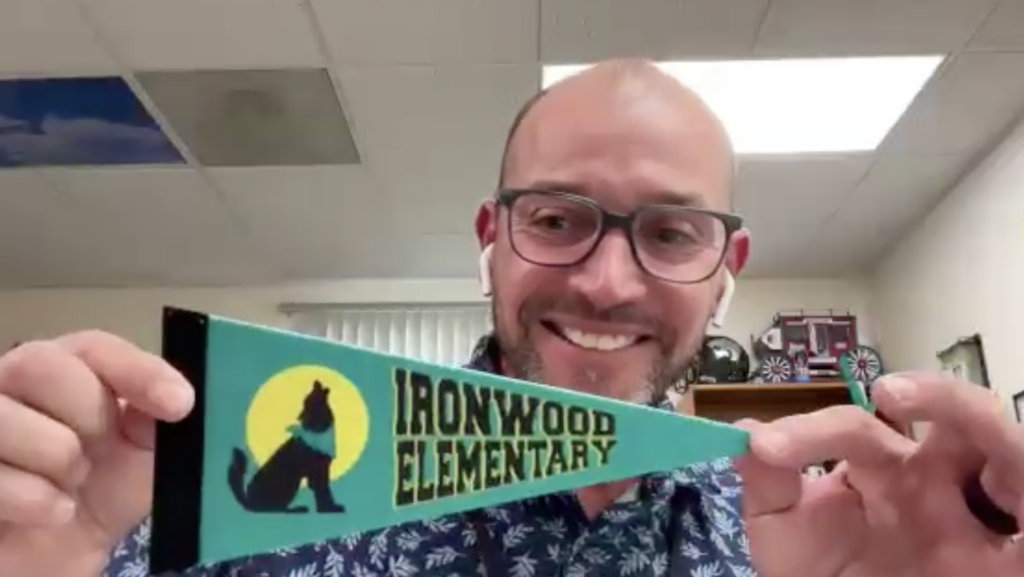Episode 75: Creating a Happier World with Airborne
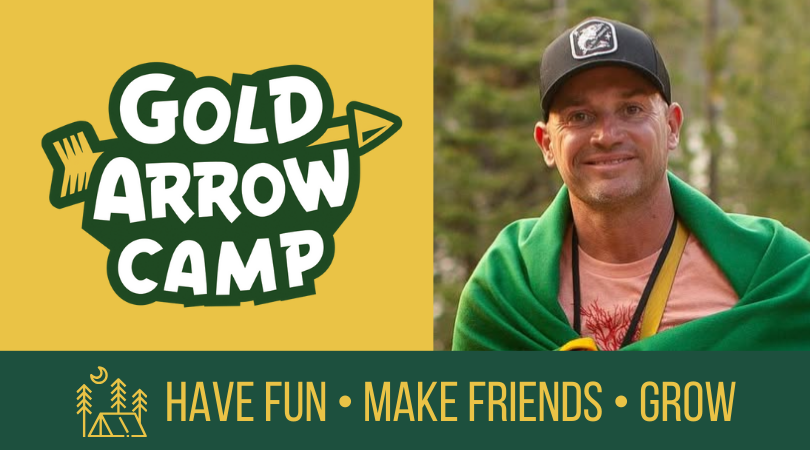
Welcome to the Gold Arrow Camp Podcast’s 2025 Season! We’re kicking off the season with a series on “Creating a Happier World,” because our vision at GAC is to create a happier world, one camper at a time.
In this episode, Audrey “Sunshine” Monke chats with Aaron “Airborne” Johnson about many topics related to creating and being part of positive communities for kids. Airborne’s GAC story started back in 1999, when he joined our staff as a Group Counselor. This summer (2025), he’ll be at our Shaver Island outpost camp during Session #2, serving as our Shaver Host. In the role of Shaver Host, Airborne provides leadership and support for our campers and staff while they’re on Shaver Island, which is about 20 minutes from our “Main Camp” location on Huntington Lake. When he’s not at GAC, Airborne serves as principal of Ironwood Elementary School in Tucson, Arizona.
Resources Discussed
Sunshine & Chelster’s Parent Orientation that includes information about parent expectations, reviewing camper standards of behavior, camper medications, communication during your camper’s stay at GAC, and more!
5 Steps to Help Kids Resolve Conflicts, Sunshine Parenting:
Conflict Resolution Wheel
How Big is My Problem?
“Effortful Fun” Laura Vanderkam
Podcast Credits
Music by Henry “Dobro” Johns
Narration (intro & outro) by Henry “Bravo” Pederson
Produced by JRS Production Creative Audio
Podcast: Play in new window | Download
Subscribe: Spotify | Email | RSS
December Kindness Calendar
Hello all! Can you believe it is the last month of the year already!? Here are 31 ideas to keep your kindness going through December. Have a fabulous month! You can download the printable version here.
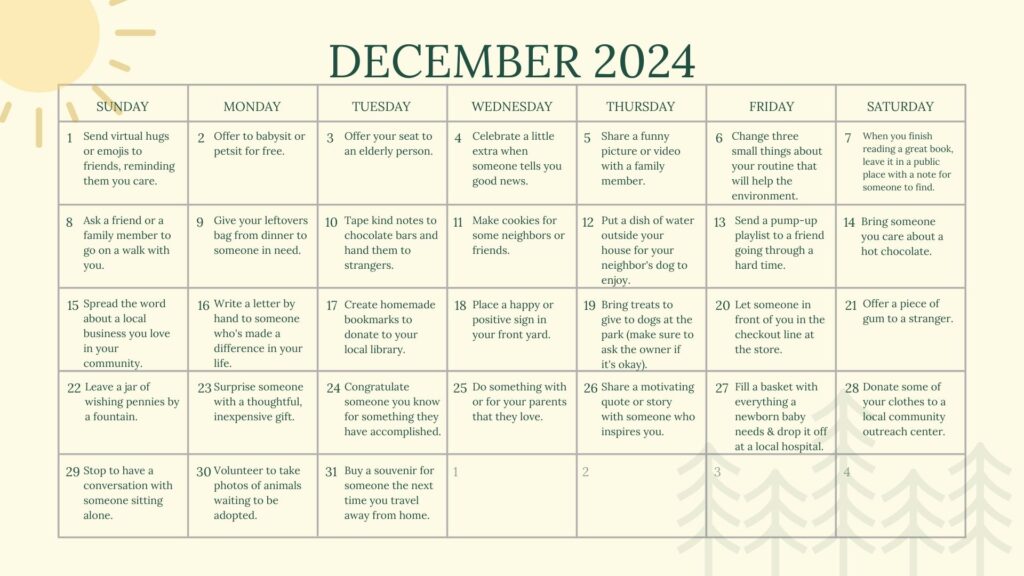
November Kindness Calendar
November is a great time to show gratefulness, so make sure we are showing others how thankful we are for them. Enjoy November’s Kindness Calendar and you can print a calendar here.
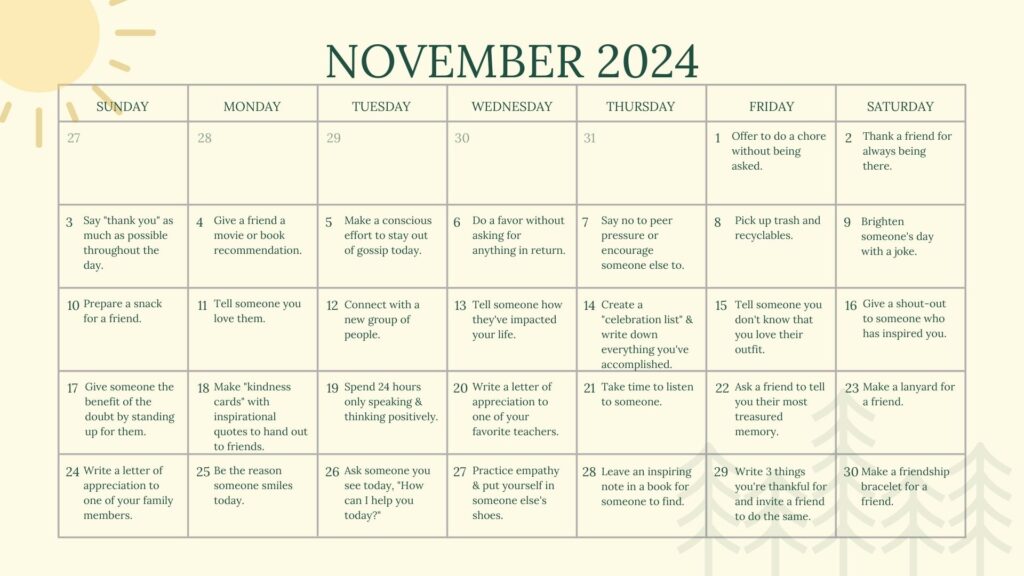
October Kindness Calendar
The new month means we have new ideas of ways to be kind to those around you! We hope these ideas fill your bucket as you fill others’ buckets. You can download and print out your own October Kindness Calendar here. Happy October!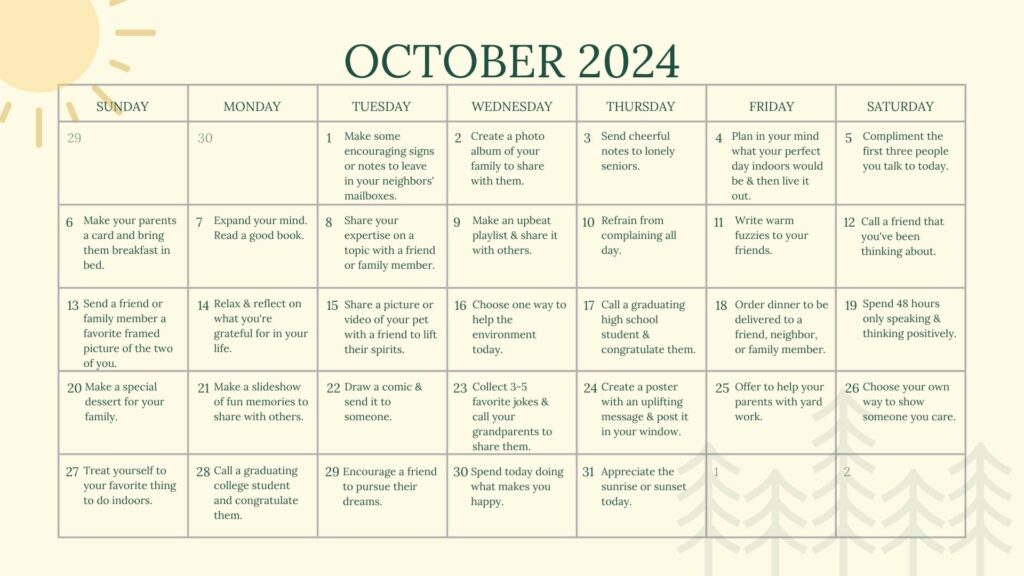
September Kindness Calendar
Happy September from Gold Arrow Camp! This month, we’re continuing to celebrate kindness with our September Kindness Calendar. Follow the prompts each day and practice kindness wherever you go! You can download and print out your own September Kindness Calendar here.
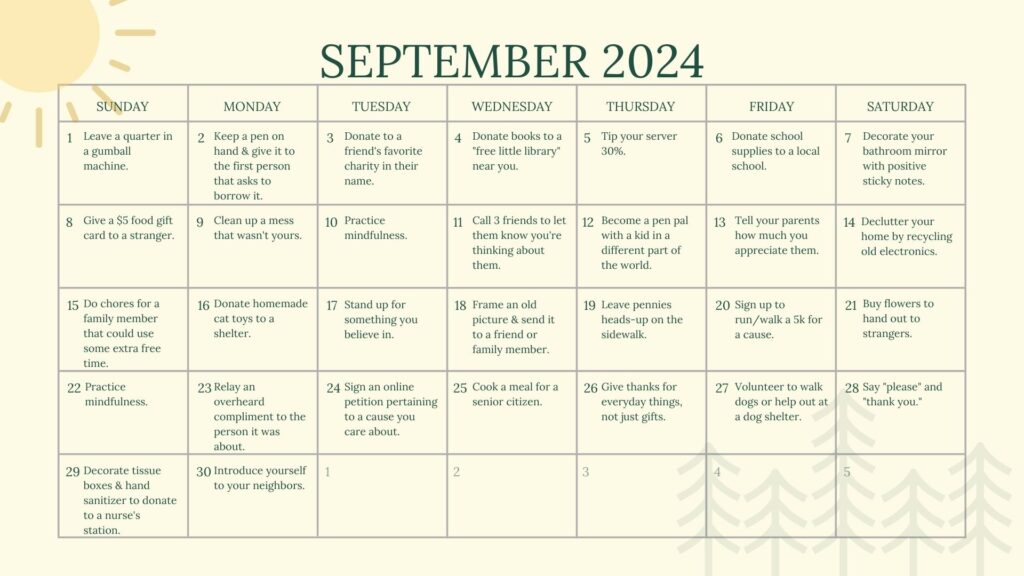
August Kindness Calendar
Happy August! We have loved spreading kindness and want to keep it going. Enjoy these kindness tips and feel free to download and print the calendar here.
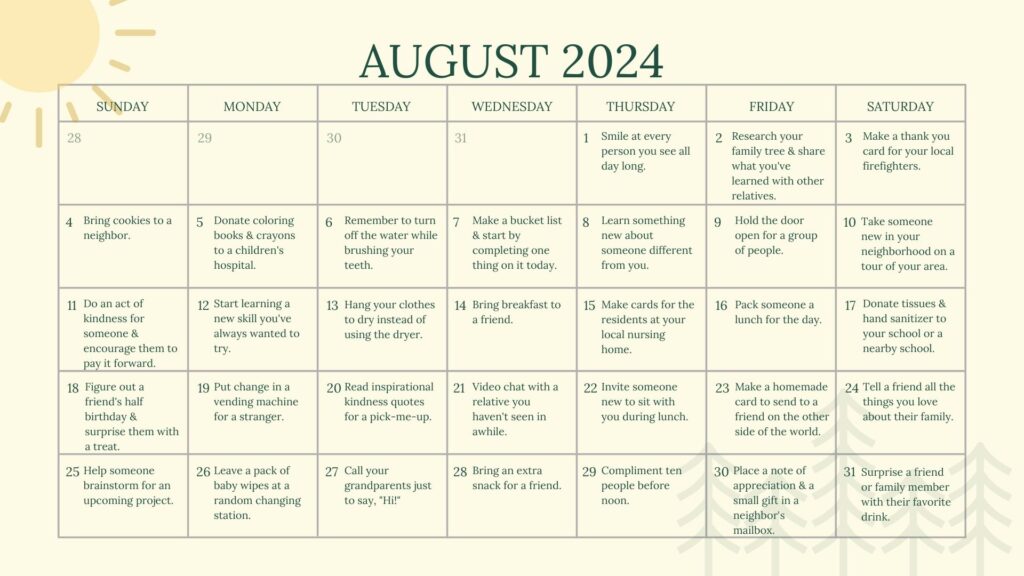
2025 Dates & Rates
Check out our 2025 Dates & Rates and see what session is going to work best for your camper for next summer.

July Kindness Calendar
July 16th is Camp Kindness Day, so we are getting you ready with our July Kindness Calendar! We encourage you to show kindness to someone every day and we came up with a few ways to help you do that! Click here to download the printable version.
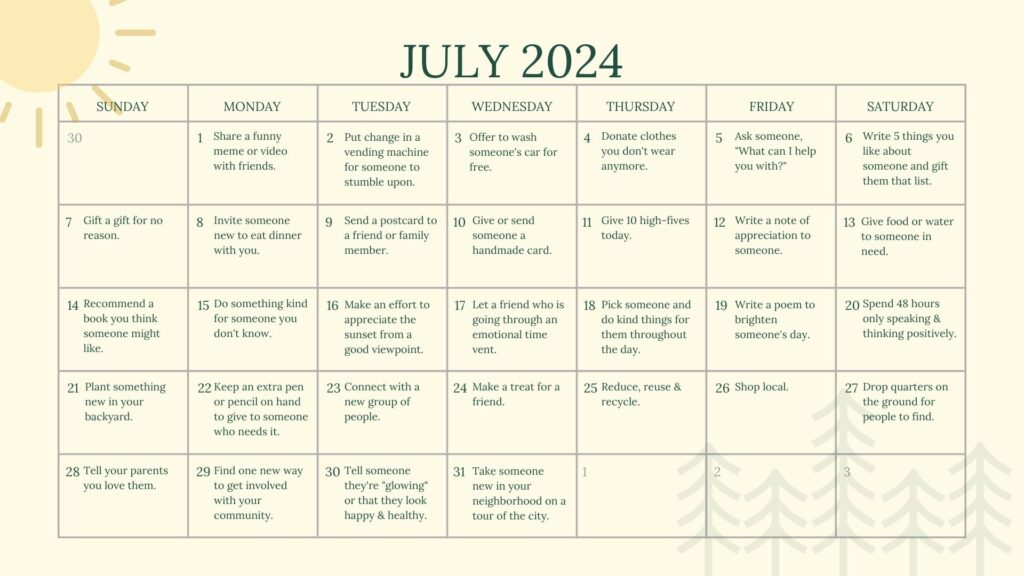
Session 1 Plus – Shaver Week Has Begun!
Yesterday, we welcomed an awesome group of campers for Session 1+, which starts with a week at our Shaver Island Outpost camp. Among this group of campers, there are ten 6-year campers, two 5-year campers, and one 10-year camper. Four campers are from outside of California.
They’re going to enjoy an action-packed week of waterskiing, wakeboarding, and kneeboarding on our island outpost in the middle of Shaver Lake. They will get to sleep under the stars after spending fun-filled days on the lake! How lucky they are!
Want to learn more about June Specialty? Click here.
June Kindness Calendar
Happy June and the start of GAC 2024! Here are some great ideas of how we can be kind to others this month. Enjoy! You can download a printable version here!
